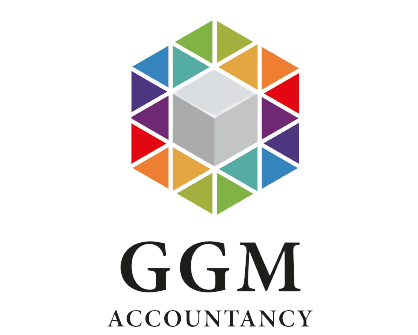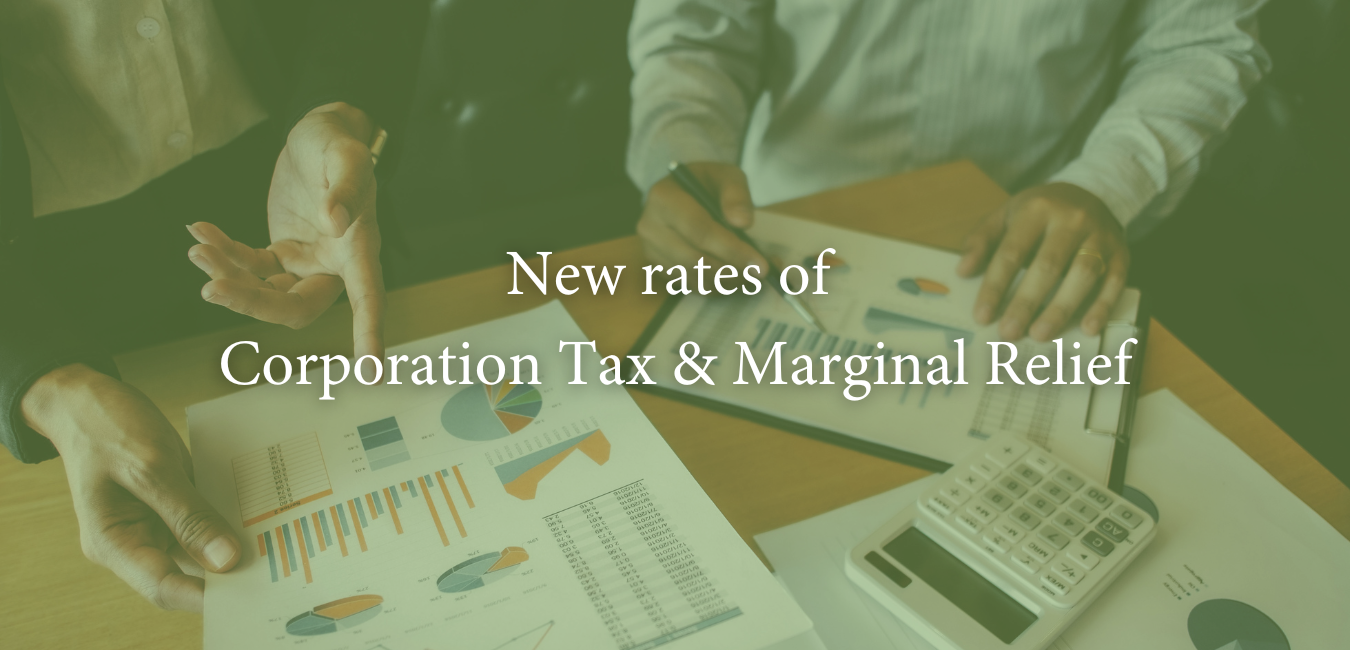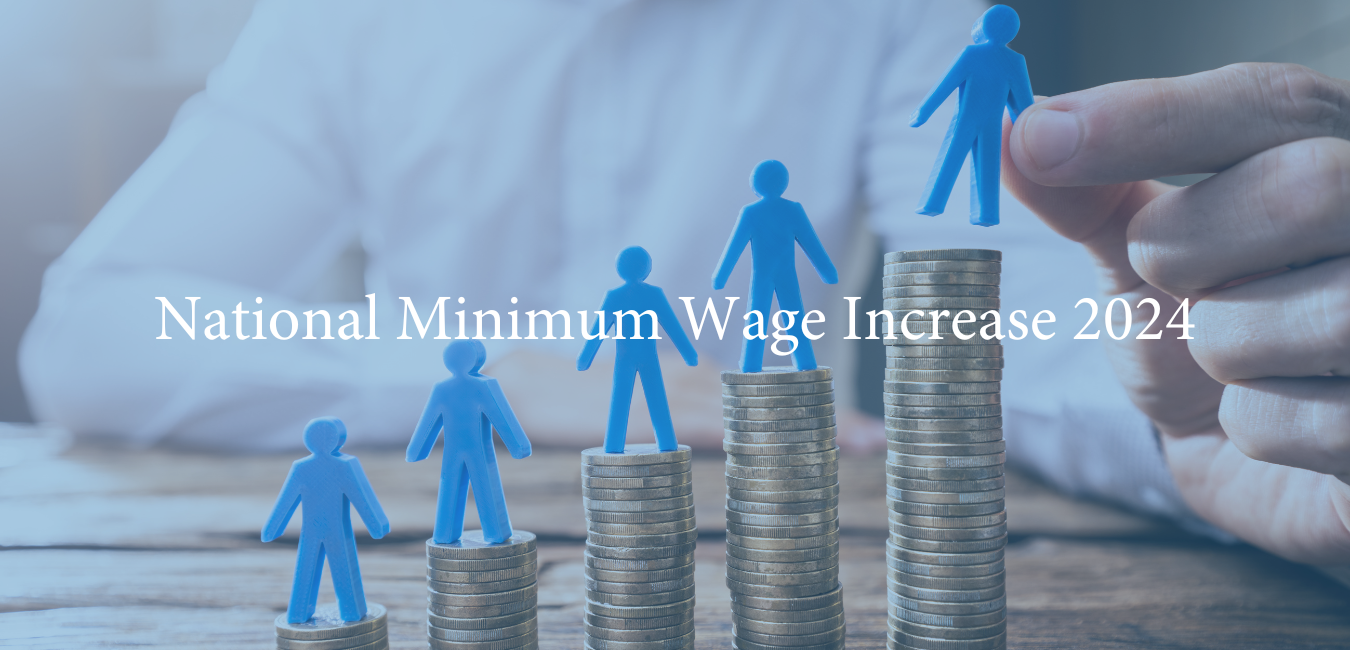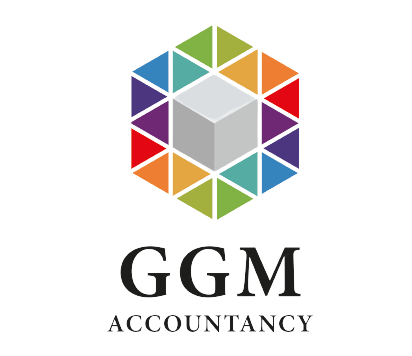New rates of Corporation Tax & Marginal Relief
The main rate of Corporation Tax increased from 19% to 25%, and the rates were assigned as below:
- The small profits rate (19%) will apply to single companies with profits of less than £50,000.
- The main rate (25%) applies to single companies with profits of more than £250,000.
- Companies whose profits fall between £50,000 and £250,000 will pay corporation tax at the main rate (25%) but reduced by marginal relief.
What is Marginal Relief?
Marginal Relief provides a gradual increase in the rate of corporation tax as profits increase until the main rate of 25% is payable once profits reach the upper profits limit.
Marginal relief provisions were introduced so that where a company’s profits fall between the lower and upper limits, it will be able to claim an amount of marginal relief that bridges the gap between the limits.
Who can claim Marginal Relief?
Your company may be able to claim Marginal Relief if its taxable profits from 1 April 2023 are between:
- £50,000 (the lower limit)
- £250,000 (the upper limit)
If your accounting period is shorter than 12 months these limits are proportionately reduced. These limits are also proportionately reduced by the number of associated companies your company has.
For example, if your company has 3 other associated companies, the limits are divided by 4. The lower limit becomes £12,500 and the upper limit becomes £62,500.
Who cannot claim Marginal Relief?
You cannot claim Marginal Relief if:
- you’re a non-UK resident company
- you’re a close investment holding company
- your profits (including distributions from unrelated non-group, unassociated companies) go over £250,000
Calculating your Marginal Relief
Marginal relief is given by reducing the 25% Corporation Tax charge by: (U-A) x N/A x F
- U = Upper limit
- A = Augmented profits
- N = Taxable total profits
- F = Standard marginal relief fraction (3/200)
Checking how much Marginal Relief you can claim
You can calculate Marginal Relief for Corporation Tax to check how much Marginal Relief you may be able to claim.
Use this service to:
- check your company's eligibility for Marginal Relief
- calculate how much Marginal Relief your company could be entitled to
- get an indication of your Corporation Tax and effective tax rates before and after Marginal Relief
Before using the service, you need to know:
- the company’s accounting period start and end dates
- the company’s total taxable profit
- the amount of any distributions from non-group, un-associated companies
- any associated company details
*You should only use this service to calculate Marginal Relief on Corporation Tax profits from 1 April 2023.
Example: Marginal relief calculation:
ABC Ltd prepares its accounts to 31 March each year. It has taxable profits of £190,000 for the year to 31 March 2024.
The company has no associated companies.
The taxable profits for the year to 31 March 2024 fall between the lower and upper profits limits, so marginal relief is applicable.
Marginal relief is calculated in accordance with the above formula as follows.
3/200 (£250,000 - £190,000) x 1
= 3/200 (£60,000) = £900
The corporation tax payable by ABC limited is £46,600 (£190,000 @ 25% - £900). This is an effective rate of 24.53%.
We can help!
Contact GGM Accountancy on 01733 247 500 if you would like further information about how to calculate Marginal Relief for Corporation Tax or if you need any assistance with the preparation and submission of your business accounts or self-assessment tax returns to HMRC.
Menu
Get In Touch
Tel: 01733 247500
Email: admin@ggmaccountancy.co.uk
Office: Unit 12, Broadway Shopping Centre
Malting Square, Yaxley, Peterborough
PE7 3JJ
Sign Up To Our Newsletter
Contact Us
We will get back to you as soon as possible
Please try again later
Proud Partners Of
Menu
Get In Touch
Tel: 01733 247500
Email: admin@ggmaccountancy.co.uk
Office: 42 Tyndall Court, Commerce Road
Lynch Wood, Peterborough, PE2 6LR
Follow Us On Social Media
Sign Up To Our Newsletter
Contact Us
We will get back to you as soon as possible
Please try again later
All Rights Reserved | GGM Accountancy Ltd | Website designed by Onelink Media









